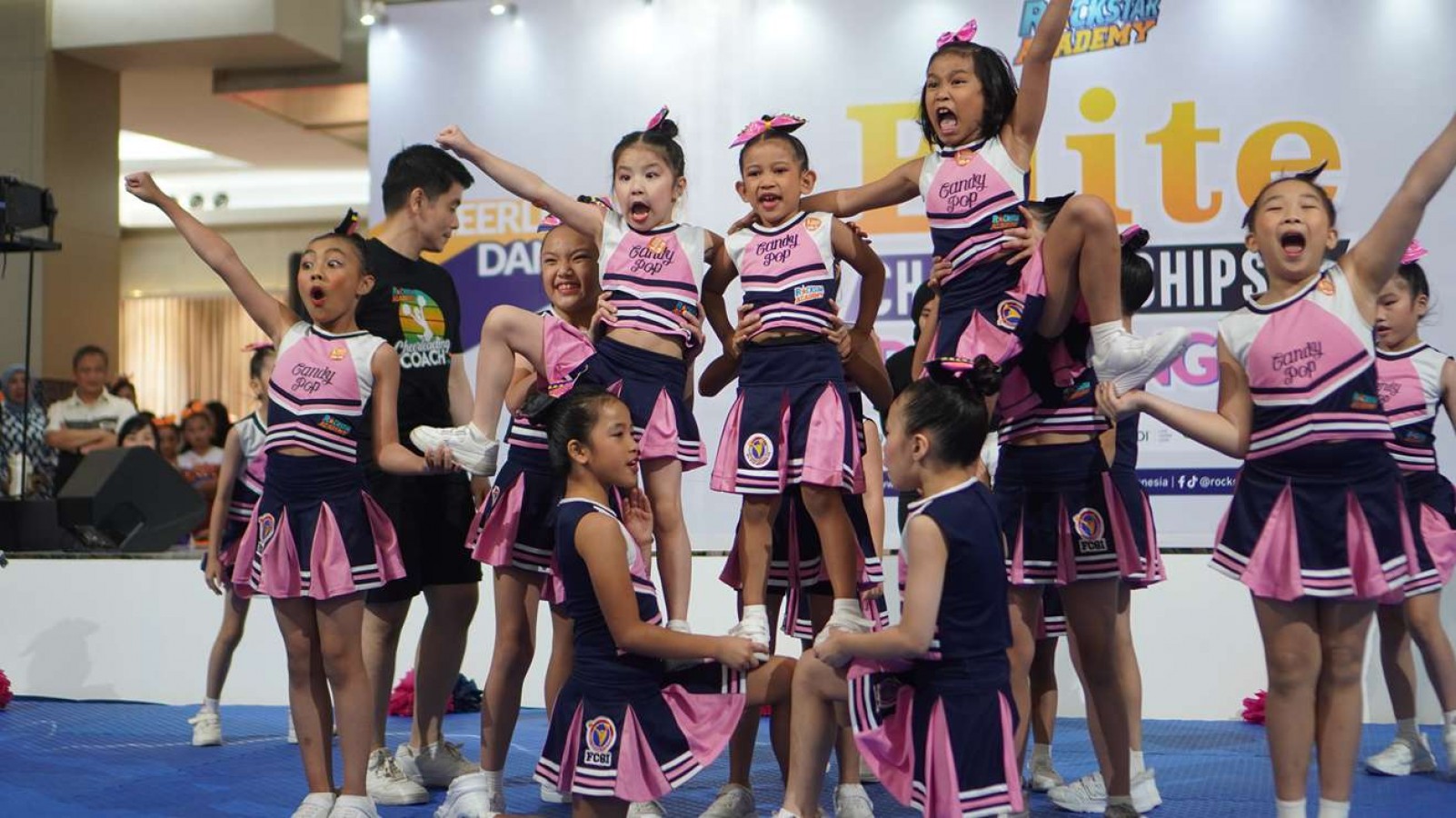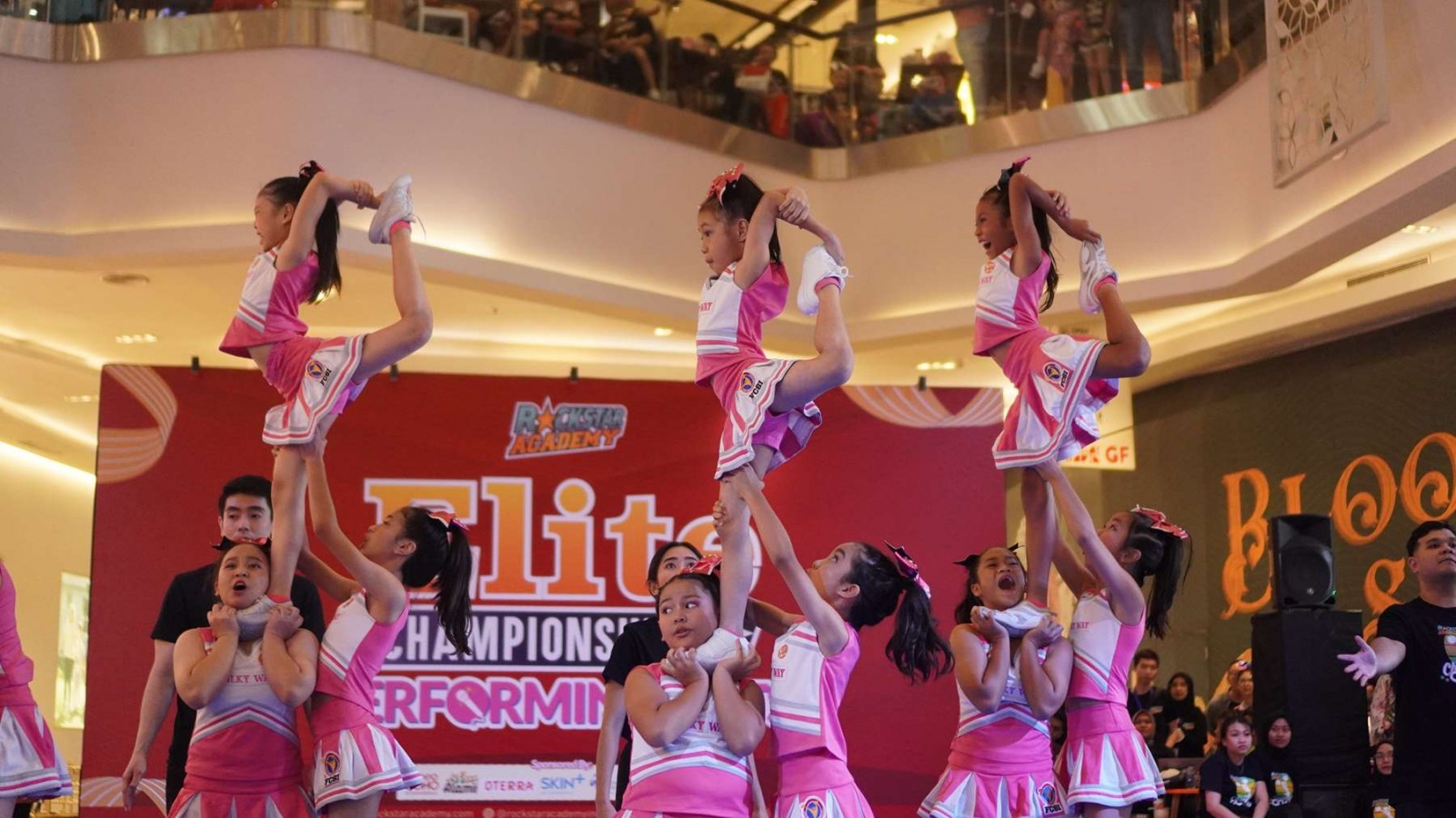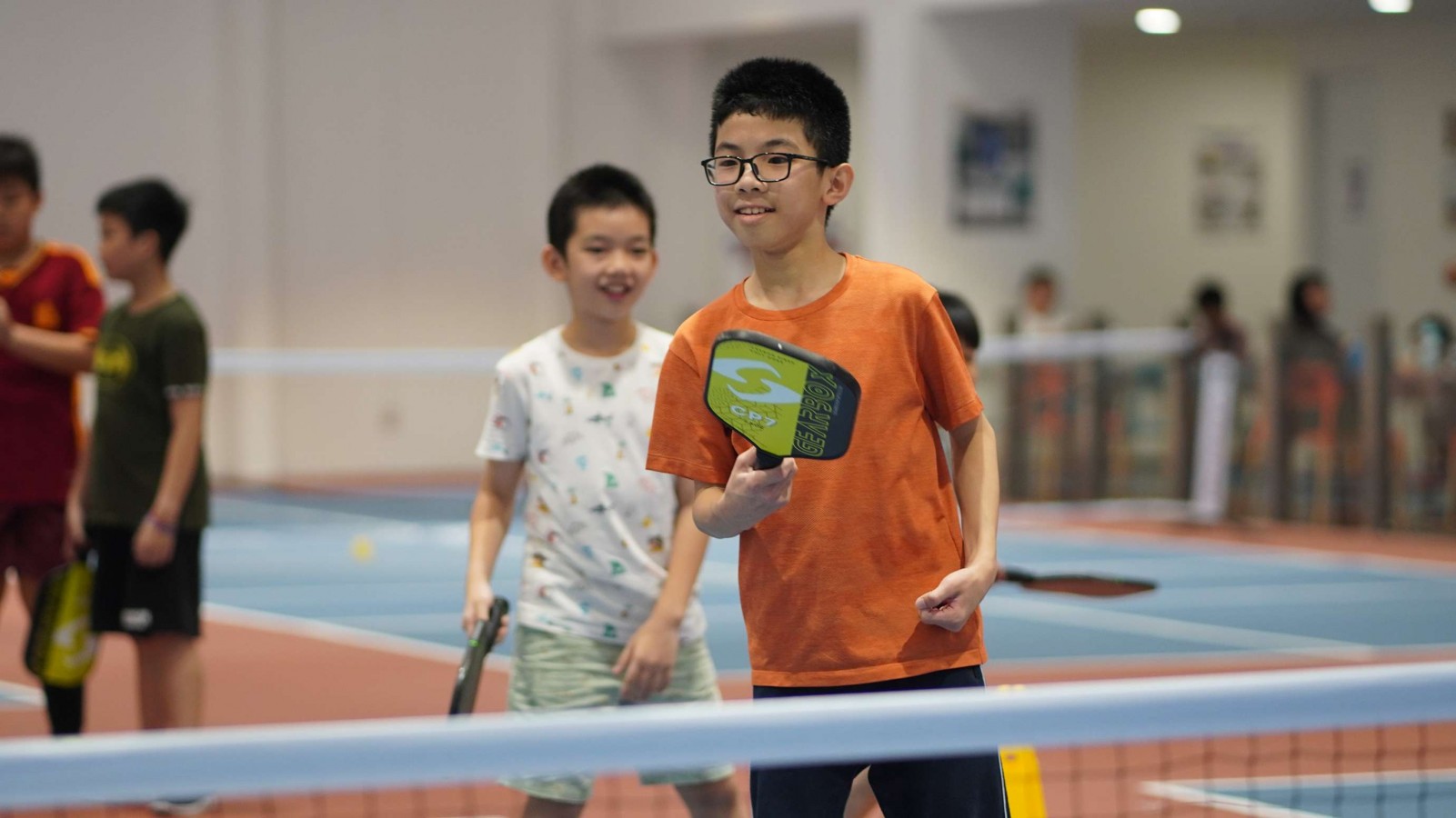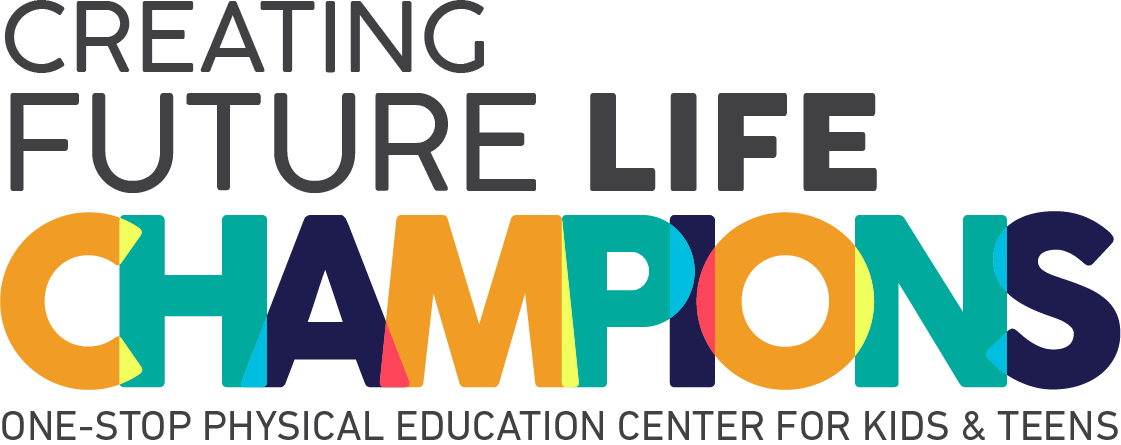Dance Blocking: A Comprehensive Guide to Stage Presence and Movement
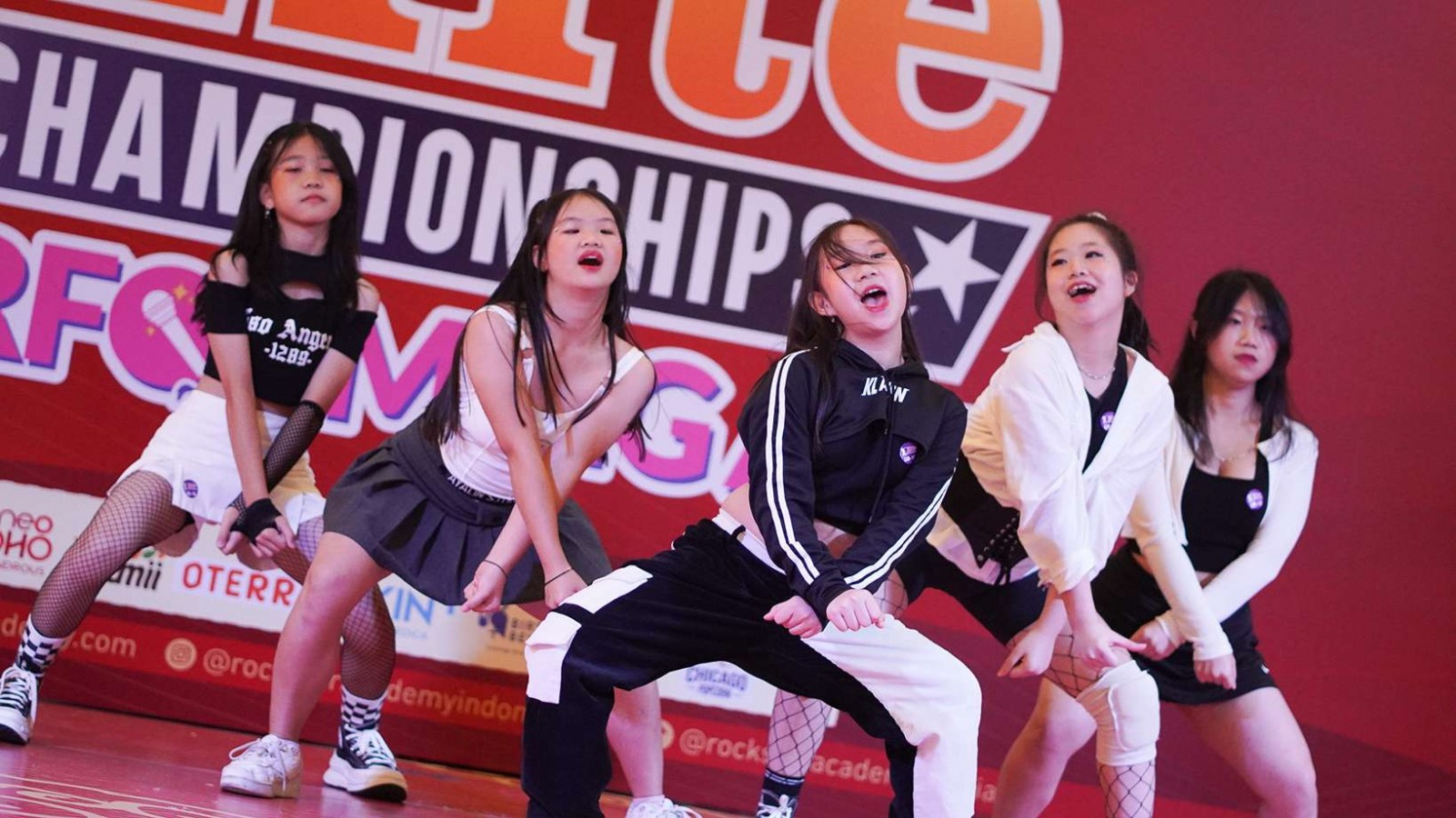
When it comes to putting on a great dance performance, it's not just about perfect moves and stunning costumes but dance blocking plays a huge role too! It might sound like a technical term, but it’s essential for creating a smooth and engaging performance.
Knowing exactly where and when to move on stage can make all the difference in your performance. In this guide, we’ll dive into what dance blocking is, why it’s important, and how you can improve your blocking skills. So, let’s check it out!
What is Dance Blocking?
Dance blocking is the planned movement of dancers on stage where they stand, when they move, and what paths they take during a performance.
It’s like a carefully drawn map that ensures everyone knows their spot and how to get there smoothly.
Just like choreography is about the steps you dance, blocking is about the way you move around the stage while dancing.
Why is Dance Blocking Important on Stage?
Dance blocking acts like a roadmap for performers, showing exactly where they should stand and how they should move during a performance. Without it, things could get messy fast!
Good blocking keeps the stage organized, helps dancers avoid bumping into each other, and makes sure the audience can clearly see the story you're trying to tell.
It’s about making the emotions, energy, and message of the dance shine through every move across the stage.
Understanding Stage Positions
|
UP RIGHT |
UP STAGE |
UP LEFT |
|
STAGE RIGHT |
CENTER STAGE |
STAGE LEFT |
|
DOWN RIGHT |
DOWNSTAGE |
DOWN LEFT |
| AUDIENCE |
In theatre, stage blocking isn’t just about whether an actor is standing or sitting; it’s also about exactly where they are on stage. To make it easier to describe their position, imagine the stage divided into a 9-square grid from above.
The bottom of the grid is closest to the audience (that’s the front of the stage), and the top part of the grid is further away (the back of the stage). When you describe an actor’s position using this grid, it’s clear and easy to understand exactly where they are during the performance.
For example, you might say they’re in the "center stage" or "down left" to give a precise idea of their location.
How to Improve Your Dance Blocking
Now that you understand the importance of dance blocking and stage positions, it’s time to focus on how to improve your own blocking skills.
Whether you’re a beginner or an experienced dancer, there are simple ways to refine your blocking and make your performance stand out. Here are some practical tips to help you get the most out of your blocking during rehearsals and on stage:
1. Understand the Story and Emotions
To make your blocking effective, it’s important to understand the story and emotional journey of the characters.
The way dancers move and interact should reflect the feelings and events in the story. This ensures that the blocking enhances, rather than distracts from, the narrative.
2. Be Creative with Space
Think beyond basic stage positions and use the space creatively to reflect the themes of the performance.
For example, the distance between dancers can symbolize relationships or conflicts. This allows the audience to feel more connected to the story.
3. Make the Blocking Natural
Blocking should feel natural to the dancers and help develop their characters. Work together with the dancers to find movements that are authentic to the character and story. When blocking is natural, the performance becomes more believable and engaging.
4. Keep the Stage Balanced and Dynamic
A good performance should have a balanced stage composition. Using asymmetry (when dancers are positioned unevenly) can create tension or focus, which adds visual interest. This technique is often used to highlight important moments or characters.
5. Use Different Levels for Visual Interest
Play with different levels, such as having dancers sitting, standing, or using elevated platforms. This not only adds visual variety but can also symbolize things like power dynamics or emotional depth.
For example, a dancer on a higher level might represent someone in control or above the conflict.
6. Smooth Transitions Between Scenes
Transitions between scenes should be as carefully planned as the scenes themselves.
A well-executed transition keeps the flow of the performance smooth and helps maintain the audience’s attention.
Avoid awkward pauses or rushed movements. Remember to plan the changes so they feel seamless.
7. Ensure All Audience Members Have a Clear View
Make sure that the main action is visible to everyone in the audience. Good blocking ensures that no matter where the audience sits, they can follow the story and see the most important moments. Always consider how each position on stage affects visibility and engagement.
8. Refine Your Blocking
Your first attempt at blocking may not be perfect. Be open to experimenting and adjusting the movements as rehearsals progress. The best blocking often comes after a few rounds of trial and error, so be ready to refine and improve.
Want to Take Your Stage Presence to the Next Level?
Dance blocking might seem like a small detail, but it has a huge impact on how professional and powerful your performance looks. With good blocking, dancers can use the whole stage with confidence, tell a clear story, and keep the audience engaged from beginning to end.
Rockstar Academy offers a fantastic dance program that combines technique, creativity, and performance skills. Our class will guide you through building confidence, learning exciting choreography, and perfecting your stage presence.
The program is designed to prepare you for events and competitions like Dance Recital, RockOlympics and Elite Championships, where you’ll have the opportunity to showcase your skills in a real performance setting. At Rockstar Academy, a top-tier Sports & Performing Arts Academy, the focus is on making each student feel supported and challenged.
Sign up now for a free trial class and experience the joy of dancing in a vibrant and encouraging environment!
FAQ
What is blocking in dance?
Blocking in dance refers to the precise positioning and movement of dancers on stage to create visual impact and enhance storytelling.
What does a block dance mean?
A block dance typically refers to a choreographed sequence of movements arranged in specific positions or "blocks" on the stage.
